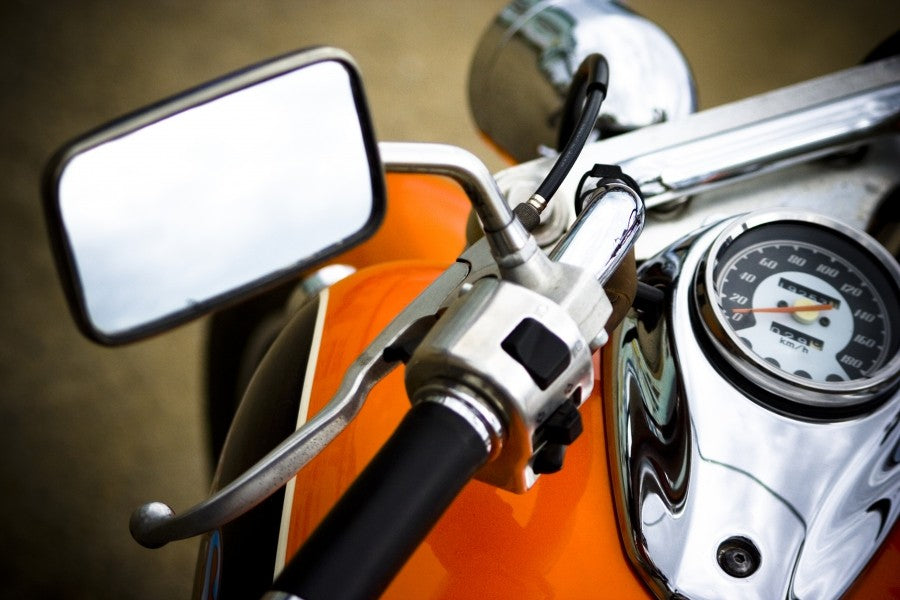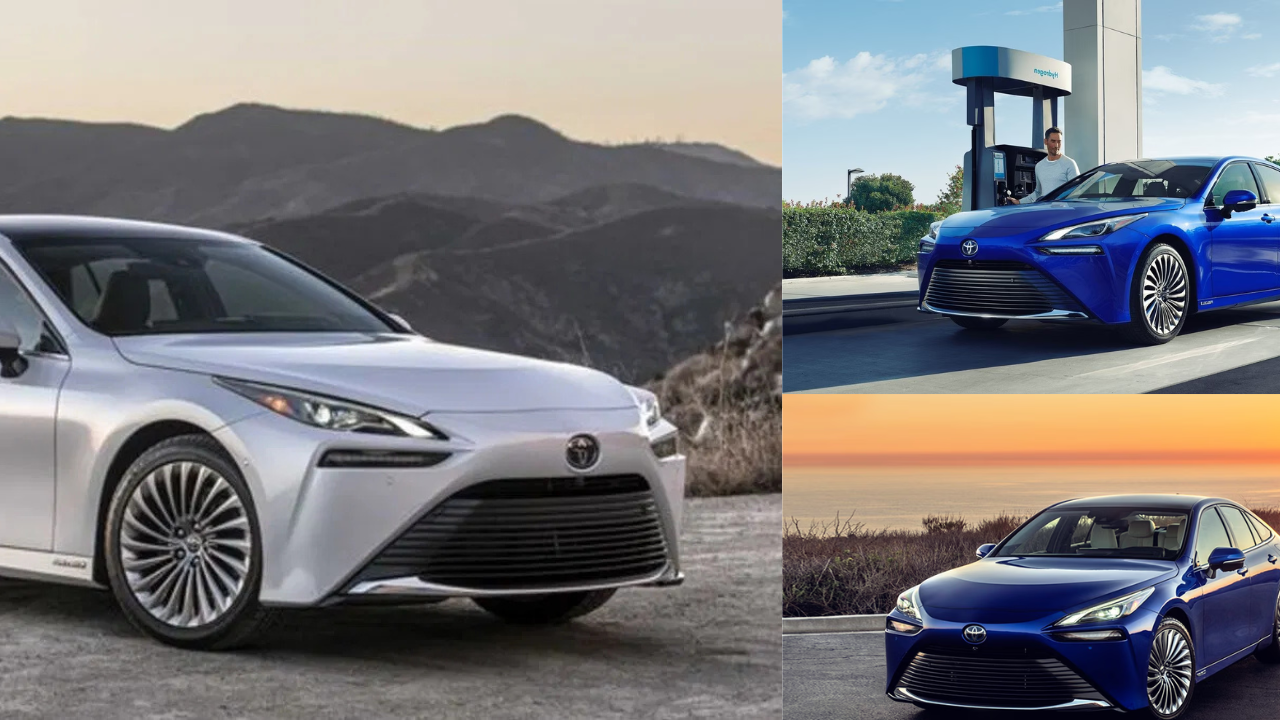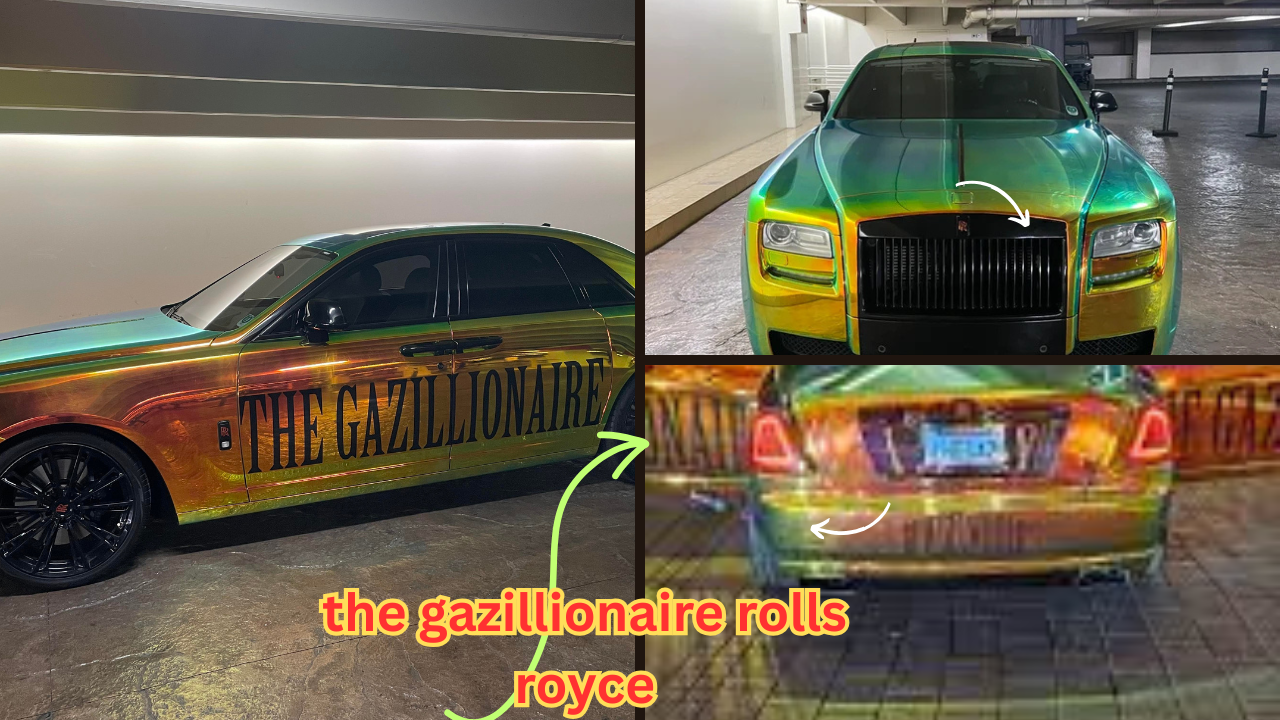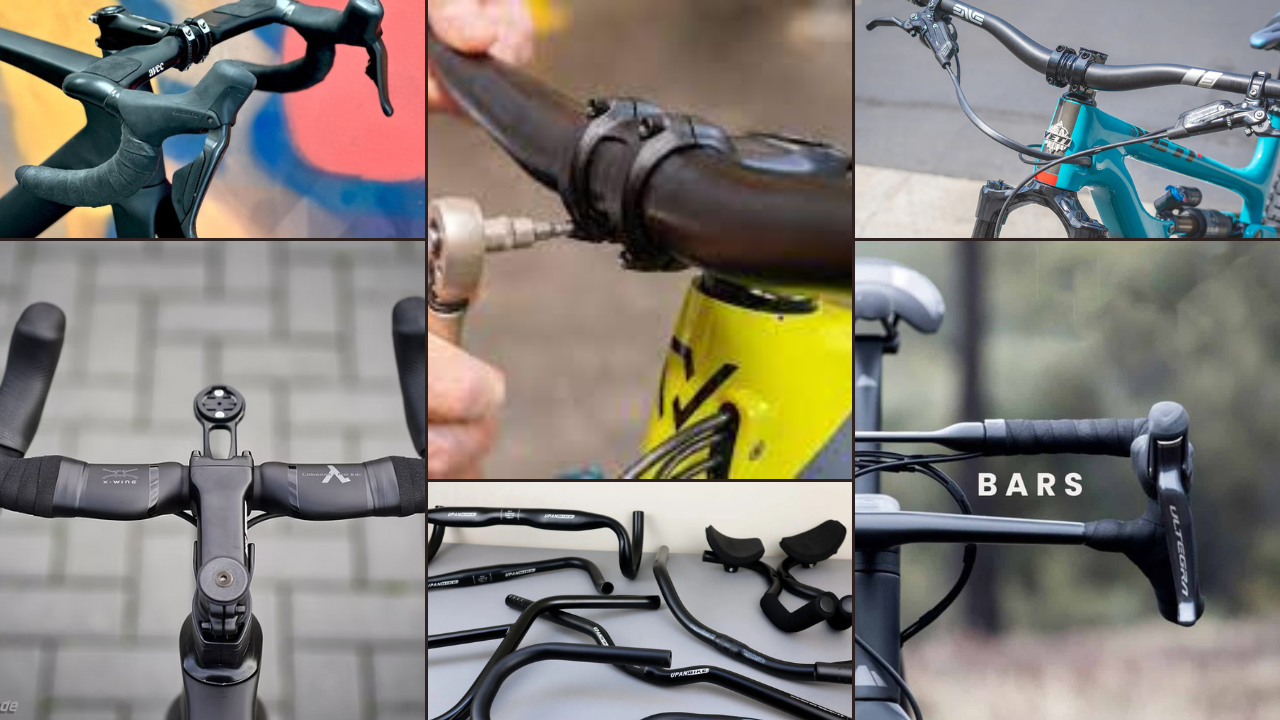Motorcycles are not just about speed and adventure – they are also about safety and practicality. One of the most overlooked but essential parts of any bike is its mirror. Whether you are riding in a busy city or cruising on a highway, bike mirrors help you stay aware of your surroundings and avoid accidents. In this article, we will explore everything about bike mirrors including their types, prices, styles, and important accessories.
Importance of Bike Mirrors in Safety

Bike mirrors are more than just a legal requirement – they are a lifeline for safe riding. They allow riders to see vehicles approaching from behind without turning their head completely. This small accessory reduces blind spots, prevents sudden lane-change accidents, and ensures a smoother ride. Riding without mirrors not only puts the rider in danger but also others on the road.
Bike Mirror Side
Side mirrors are the most common type of bike mirrors, usually installed on both the left and right sides of the handlebar. These mirrors provide a wide-angle view of the road behind you. Most bikes come with standard side mirrors, but riders often upgrade them for better clarity and style.
- Types of side mirrors: round, rectangular, oval, and aerodynamic designs
- Materials used: ABS plastic, aluminum, carbon fiber
- Best for: everyday commuters and long-distance riders
Bike Mirror Price
Bike mirror prices vary depending on brand, quality, and design.
- Basic mirrors: ₹150 – ₹500 (standard round or rectangular mirrors)
- Mid-range mirrors: ₹500 – ₹1,500 (stylish, durable, anti-glare mirrors)
- Premium mirrors: ₹2,000+ (carbon fiber, branded, adjustable mirrors)
Investing in good-quality mirrors is worth it since they last longer and improve road safety.
Stylish Bike Mirror
For many bike enthusiasts, mirrors are not just about function but also style. Stylish bike mirrors add a sporty and premium touch to motorcycles.
- Popular stylish designs: bar-end mirrors, racing mirrors, LED-equipped mirrors
- Features: sleek finish, wider view, anti-vibration technology
- Best for: riders who own sports bikes, cruisers, or custom motorcycles
These mirrors are a favorite among those who love modifying their bikes.
Bike Mirror Nut Cap
A small yet useful accessory, the nut cap is placed on the bolt or nut that holds the mirror in place. It not only gives a clean finish but also protects the screw from rust and dust.
- Material: stainless steel, rubber, or plastic
- Price range: ₹50 – ₹200 per pair
- Benefit: improves durability and enhances bike aesthetics
Bike Handle Mirror
Handle mirrors are mounted directly on the handlebar. Unlike traditional side mirrors, they often sit lower and are adjustable at different angles.
- Advantages: better aerodynamics, stylish appearance, suitable for racing bikes
- Disadvantages: sometimes provide a narrower view compared to standard side mirrors
Handle mirrors are popular among sportbike riders and café racer enthusiasts.
Bike Side Mirror Price
Since side mirrors are the most commonly used, their prices also vary widely:
- Economy models: ₹100 – ₹300
- Mid-range: ₹400 – ₹1,000
- High-end branded mirrors: ₹1,500 – ₹5,000
Famous brands like Royal Enfield, Yamaha, Bajaj, and Honda also sell original side mirrors as spare parts.
Blind Spot Mirror for Bike

Blind spots are one of the biggest dangers for bikers. To reduce this risk, small blind spot mirrors can be attached to your regular bike mirror.
- Shape: usually round or oval
- Installation: stick-on or clip-on
- Advantages: covers hidden areas, reduces accident chances during lane changes
- Price range: ₹100 – ₹500
These are must-have accessories for riders who often travel on highways.
Bike Mirror Hole Cap

When riders remove mirrors for racing or custom styling, the empty hole on the handlebar looks odd and is prone to dust entry. That’s where hole caps are used.
- Material: metal or rubber
- Price range: ₹50 – ₹150
- Use: covers unused mirror mounting holes, giving a neat finish
Bike Rear View Mirror
The rear-view mirror is another name for the standard side mirror but sometimes refers to central mirrors in scooters or mopeds. A good rear-view mirror ensures that you can see vehicles behind you clearly even in low light or rain.
- Features to look for: anti-glare coating, wide-angle glass, adjustable stem
- Best brands: Hero, TVS, Bajaj, Yamaha, Royal Enfield, aftermarket brands
How to Choose the Right Mirror for Your Bike
Choosing the right mirror depends on your riding style, budget, and bike type.
- For city commuters – go for affordable, wide-angle mirrors.
- For long rides – choose anti-glare, anti-vibration mirrors.
- For stylish bikes – invest in bar-end or custom-designed mirrors.
- For safety-focused riders – add blind spot mirrors for extra coverage.
Maintenance Tips for Bike Mirrors
Just like any bike part, mirrors also need maintenance:
- Clean mirrors regularly with a microfiber cloth.
- Avoid using harsh chemicals that can damage the glass.
- Tighten the nuts and bolts to prevent vibration.
- Replace cracked or scratched mirrors immediately.
Final Thoughts
Bike mirrors may look like a small accessory, but they play a big role in both safety and style. From affordable basic mirrors to premium stylish options, there is a wide variety available for every type of rider. Adding accessories like nut caps, hole caps, and blind spot mirrors can further enhance your riding experience.
So, whether you are a daily commuter, a touring rider, or a biking enthusiast who loves modifications, choosing the right mirror is an essential step towards safe and enjoyable rides.








